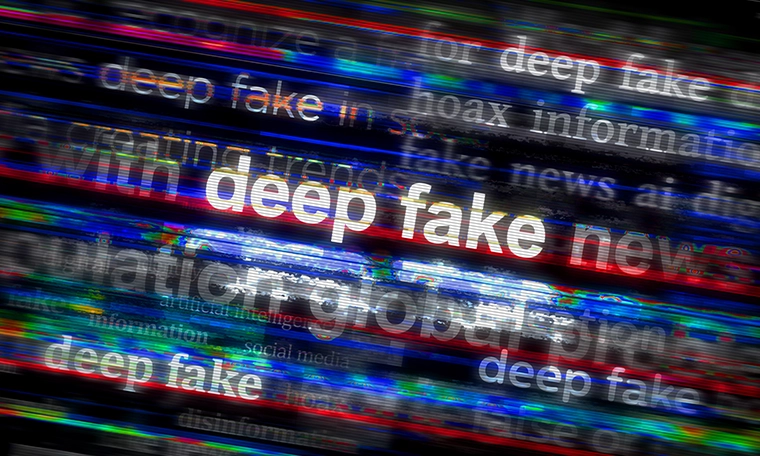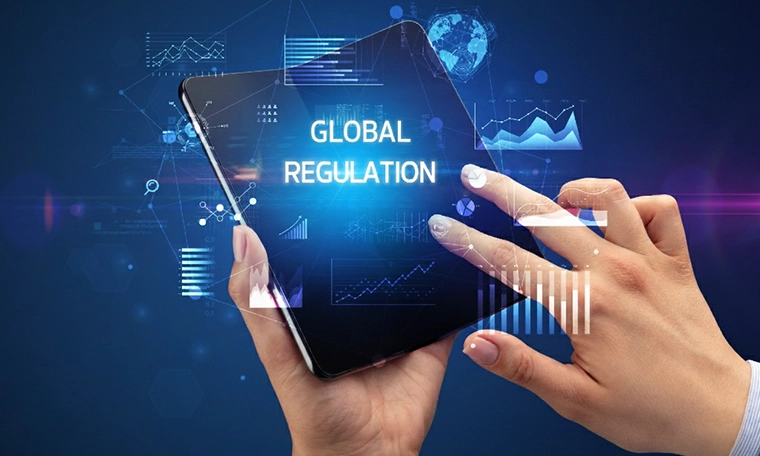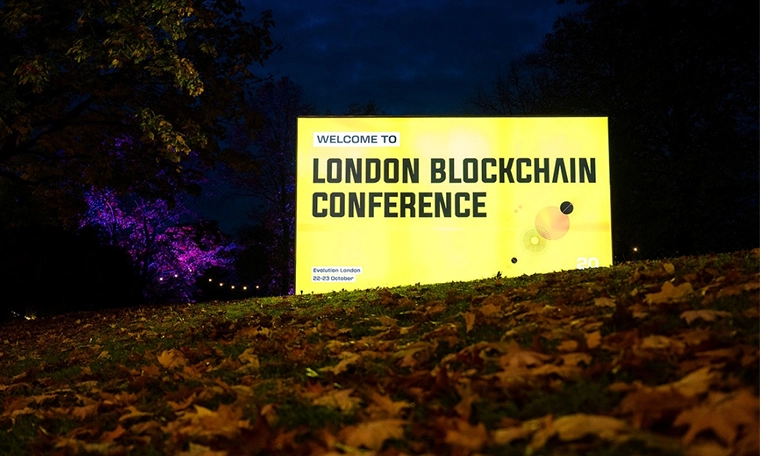In the digital age, misinformation spreads faster than truth. The emergence of deepfakes – hyper-realistic synthetic media generated by artificial intelligence (AI) – has added a new, deeply concerning dimension to this challenge. Whether used to manipulate political discourse, impersonate individuals, or mislead the public, deepfakes and false information erode public trust, threaten democracy, and create real-world harm.
Fortunately, blockchain technology is emerging as a powerful tool in the battle against misinformation. By providing immutable records, digital provenance, and decentralised verification, blockchain offers a promising path to restoring trust in what we see, read, and share online.
This article explores the growing threat of misinformation and deepfakes, how blockchain can help address these issues, and why staying ahead through platforms like a blockchain technology conference is crucial for professionals, policymakers, and innovators.
The Explosion of Deepfakes and Digital Misinformation
The Age of Fabricated Truth
Deepfakes use AI, particularly generative adversarial networks (GANs), to create convincing audio, video, and image content that appears real. What began as niche experiments are now sophisticated tools easily accessible via open-source platforms.
By 2024, deepfake incidents rose by over 900% globally, infiltrating sectors like politics, finance, and media. Fraudulent videos of public figures making fabricated statements or manipulated images used for scams are no longer anomalies – they are part of a growing disinformation ecosystem.
The Consequences of Digital Deceit
Political instability: Deepfakes have been used to undermine elections, discredit leaders, and amplify propaganda.
Financial fraud: Synthetic voices and images have been used to impersonate CEOs and authorise fake transactions.
Social manipulation: False narratives can spread like wildfire on social media, polarising communities and inciting violence.
Current methods of detection often lag behind new AI techniques, making it difficult to stay ahead of bad actors. This is where blockchain can intervene.
How Blockchain Helps Verify Truth in a Digital World
Blockchain offers a decentralised, transparent, and tamper-proof infrastructure – attributes that are critical in combating the manipulation of digital content.
1. Provenance And Digital Content Authenticity
Blockchain can track the origin and alterations of digital files. By timestamping and recording every change to a piece of content, it enables digital provenance – the history of a file from its creation to its current state.
Projects like Content Authenticity Initiative and Project Origin are integrating blockchain with metadata standards to verify where media came from and whether it’s been tampered with.
2. Immutable Records of Verified Content
Every transaction on a blockchain is cryptographically secured and time-stamped. This makes it ideal for creating immutable logs of news articles, source footage, and social media posts.
This ensures that if someone tries to present altered or manipulated content, it can be compared against the original, verified version recorded on-chain.
3. Decentralised Fact-Checking Platforms
Traditional fact-checking depends on centralised authorities – media organisations or tech companies – whose biases may be questioned. Blockchain enables decentralised fact-checking, where multiple independent nodes can verify content based on consensus algorithms.
Platforms like Trive and Factom have developed blockchain-based fact-checking systems that allow global communities to validate information collaboratively and transparently.
Use Cases of Blockchain Against Misinformation
Journalism and Media Integrity
Media organisations are leveraging blockchain to protect journalistic content from unauthorised editing or misattribution. For example, Civil, a blockchain-based journalism platform, attempted to build a decentralised newsroom model with transparent funding and content verification. Although Civil ceased operations in 2020, its foundational ideas have inspired newer ventures focused on media accountability.
Election Transparency
In politically volatile environments, blockchain has been used to secure voter registration, verify campaign messaging, and authenticate political video content. By logging political statements and promotional material on-chain, campaigners can ensure their content isn’t maliciously altered.
For instance, in countries where election misinformation is rampant, blockchain provides a chain of custody for public communication, helping preserve the integrity of democratic discourse.
Synthetic Media Detection
While blockchain does not detect deepfakes itself, it supports systems that verify real content. AI-based detection tools can be paired with blockchain to issue authenticity certificates for genuine media. If content is not certified or verifiable, platforms can flag it as potentially manipulated.
Startups like Truepic and Serelay are combining real-time image verification with blockchain anchoring, giving users confidence in what they see.
Challenges and Considerations
Scalability and Storage
Storing large files like videos directly on-chain is inefficient. Most solutions involve storing hashes (unique digital fingerprints) of the content on the blockchain, while the files themselves are stored off-chain. While effective, this introduces some reliance on third-party storage networks.
User Adoption and Awareness
Blockchain solutions are only effective if users – especially content creators, platforms, and consumers – adopt them. Educating stakeholders on how to interact with content credentials or verify on-chain data is still a barrier.
Initiatives like the Coalition for Content Provenance and Authenticity (C2PA) are working to standardise how content credentials are shared and verified.
The Role of Governments and Regulators
Public institutions have begun exploring blockchain’s role in combating disinformation. The European Union, for example, has funded blockchain-based pilot projects under its Horizon Europe research programme aimed at enhancing digital trust.
In the U.K., the Centre for Data Ethics and Innovation has also highlighted the role of blockchain in securing public discourse. As regulations surrounding AI and deepfakes tighten, blockchain could become a regulatory compliance tool to ensure content traceability and accountability.
Why You Should Attend a Blockchain Technology Conference In 2025
The intersection of blockchain, AI, and digital media is rapidly evolving. To keep pace, professionals must engage directly with innovators, policymakers, and researchers shaping these technologies.
Attending a blockchain technology conference like the London Blockchain Conference offers an unparalleled opportunity to:
- Discover cutting-edge blockchain applications for media and trust
- Network with solution providers combatting misinformation
- Attend sessions on content provenance, decentralised identity, and cryptographic verification
- Gain insights from global experts on regulatory and ethical frameworks
Whether you’re in journalism, cybersecurity, public policy, or media production, this flagship event can help you future-proof your strategy.
Utilising Blockchain as a Digital Immune System
In a world where seeing is no longer believing, the need for robust verification tools is urgent. Blockchain offers a new kind of digital immune system – one that ensures accountability, trust, and transparency in the flow of information.
While not a silver bullet, blockchain can be a foundational layer in the fight against synthetic deception. Paired with AI detection tools, regulatory frameworks, and digital literacy, it forms a powerful toolkit for protecting truth in the 21st century.
Don’t miss your chance to explore this frontier. Register today for the London Blockchain Conference and be part of the global movement to restore trust in our digital lives.



